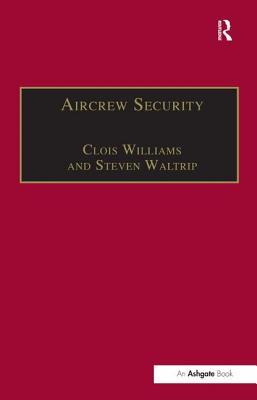This is the culmination of work accomplished by the authors while developing a comprehensive flight crew security-training program. Discussions with crewmembers from around the globe reinforce their beliefs that crewmembers worldwide have not received such in-depth information as they provide as they explain security issues from a flight crewmember's perspective. They have studied airline security closely as it exists today and have concluded the current security model all but ignores what knowledgeable and trained flight crews can achieve. The book is intended to help flight crews deal with the new complexities they now face in the skies. It informs and enlightens crewmembers on issues such as air rage, hijacking, terrorism today, explosives, chemical/biological threats, survival awareness, mental mindset, physical preparation, flight crew use of force, profiling, conflict resolution, tactics and techniques, defense against armed/unarmed attacks, post incident considerations and future threats.
As a practical guide, it will educate flight crews on combating terrorism and other serious threats aboard commercial airliners. The book begins by reviewing current threats to commercial aviation and progresses to the identification of specific threats to a flight and what crewmembers can do about the threats. The authors believe that this progressive approach gives crewmembers a logical aviation security education as they read through the book.
Included as topics in this book are: the importance of the aviation industry, the hijacking threat, international solutions, the growth and change of skyjacking, air piracy and airport attacks, US government action, terrorism, counter-terrorism units, security and rules of law, pre-departure screening, private security personnel, supporting law enforcement, metal detectors and x-ray inspection, explosive detection devices, cargo security, and foreign airport security.
Readership includes: Airline flight crewmembers (pilots, flight engineers and flight attendants) Major universities and colleges with aviation programs; and members of organizations such as the Airline Transport Association, International Airline Transport Association, World Airline Transport Association, Flight Safety Foundation, and the Air Line Pilots Associations.


دیدگاه کاربران